Habitat plantings
-
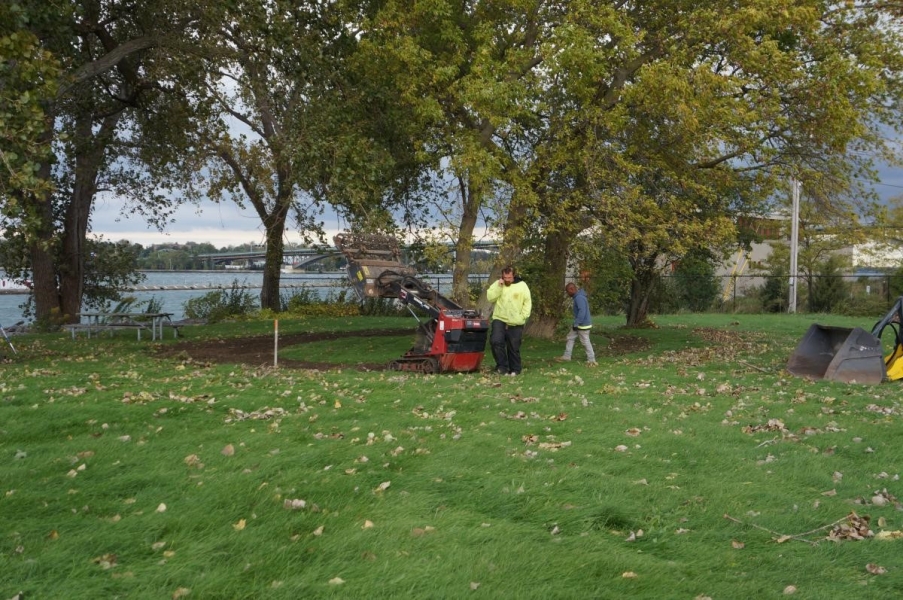
1/66
In 2018, the Field Station added three plantings to improve the habitat for migrating birds and insects. Landscapers used rototillers to define three new plant beds.
Download Image -
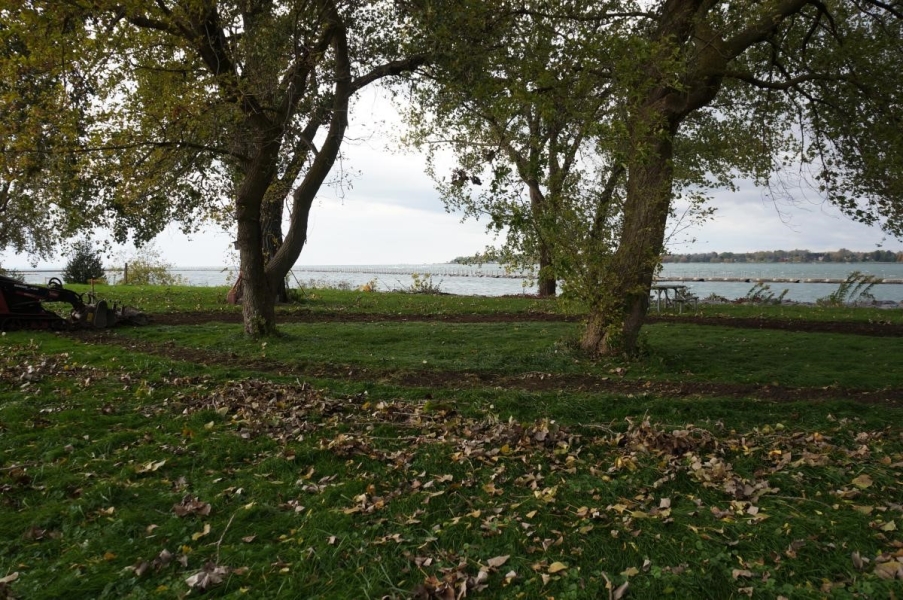
2/66
Landscapers used rototillers to define three new plant beds. One is in the lawn under some trees.
Download Image -
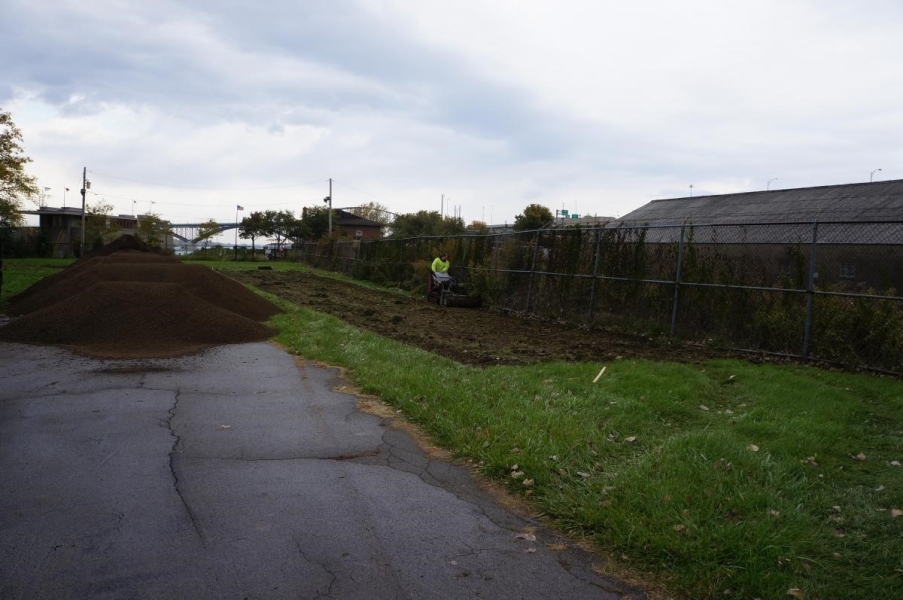
3/66
Landscapers used rototillers to define three new plant beds. One is along a fence by the boat barn.
Download Image -
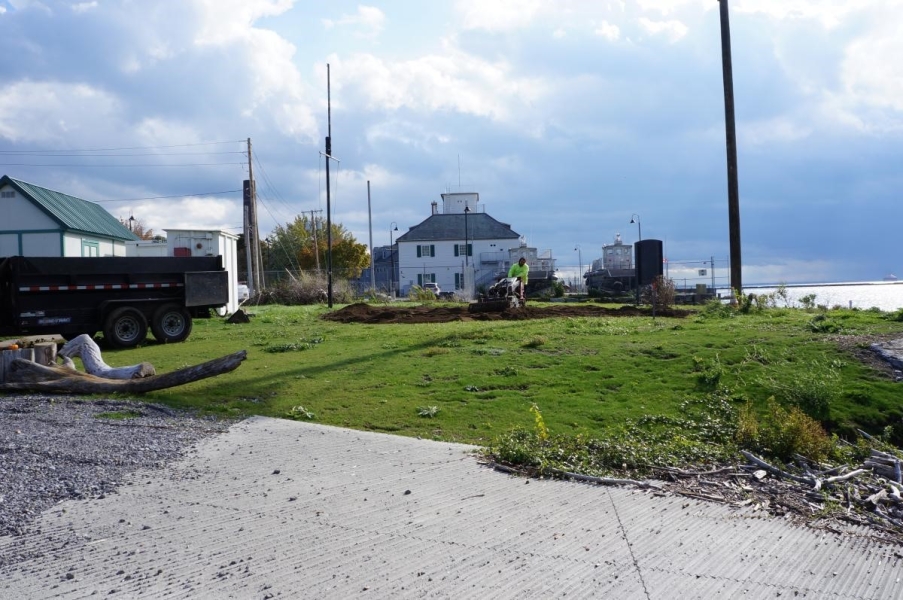
4/66
Landscapers used rototillers to define three new plant beds. One is near the boat launch and osprey pole.
Download Image -
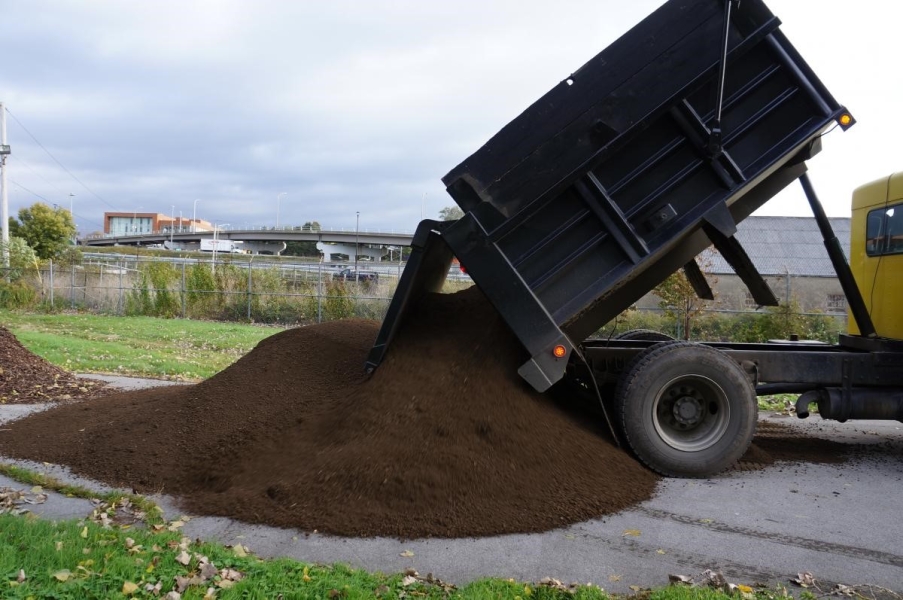
-
-
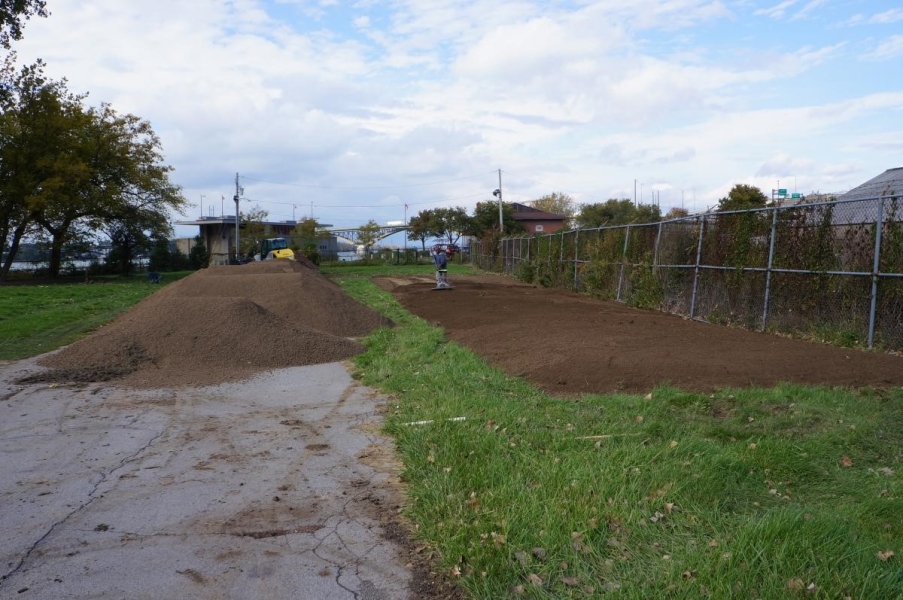
-
-
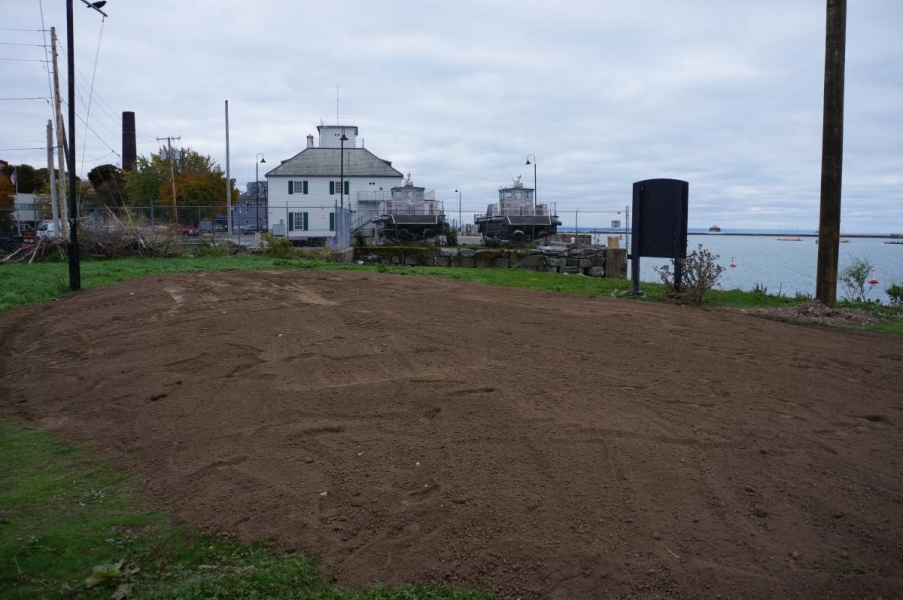
-
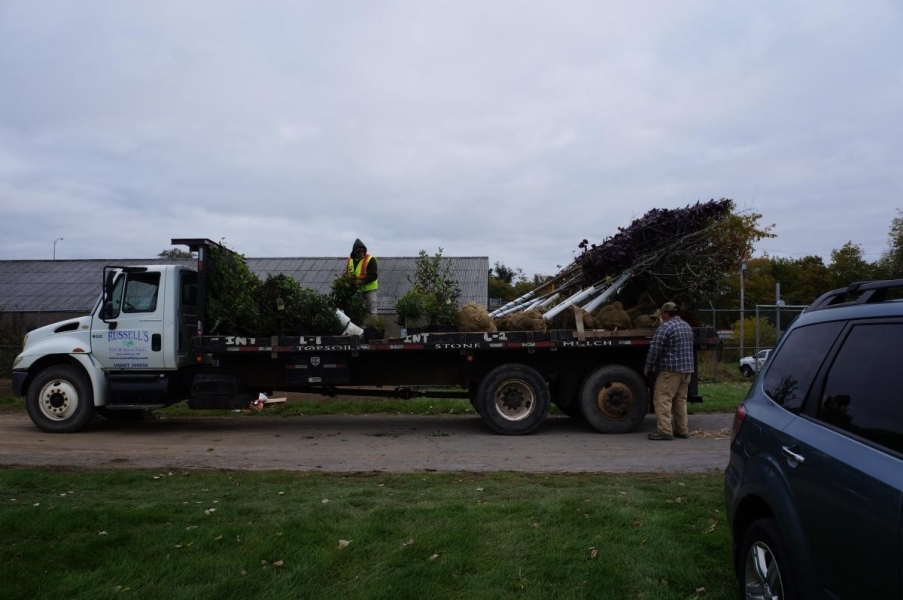
-
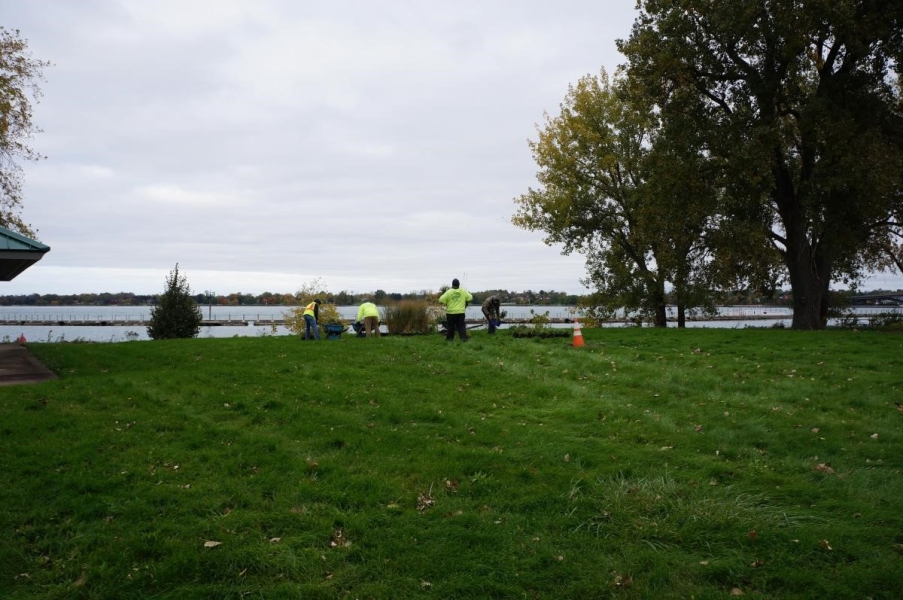
-
-
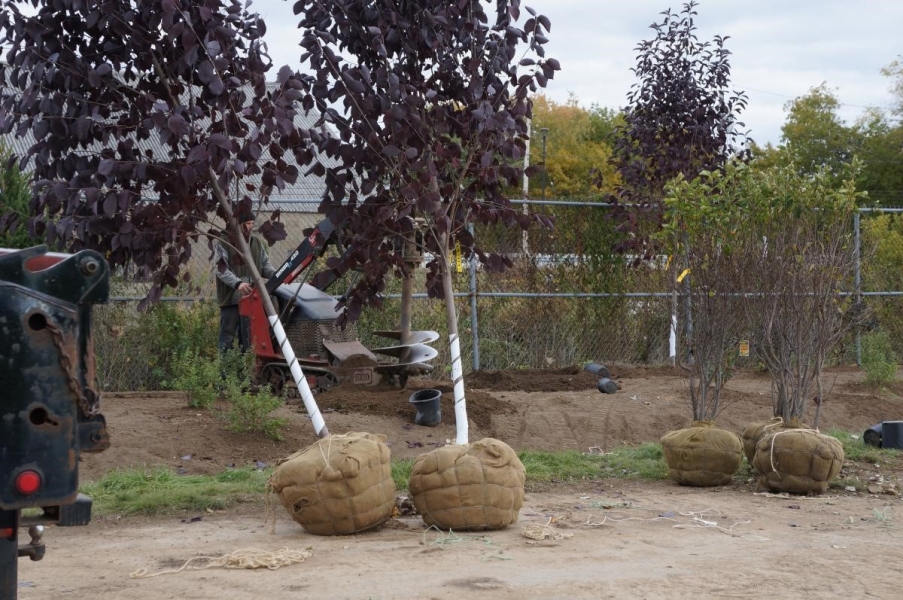
-
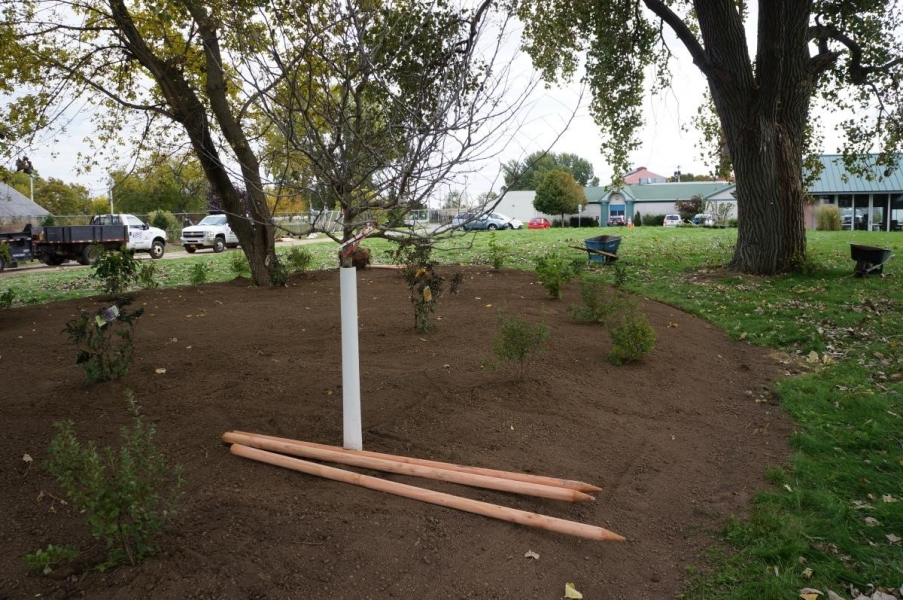
-
15/66
After the plants were put in, mulch was spread over each bed for water retention and weed prevention. Some of the mulch came from mulched ash trees that were on Buffalo State campus before they were destroyed by emerald ash borers.
Download Image -
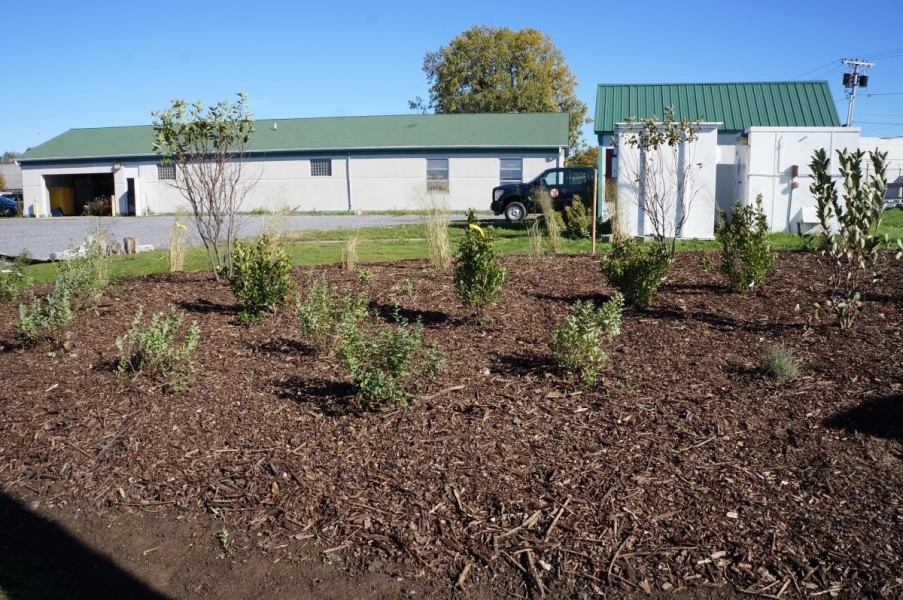
-
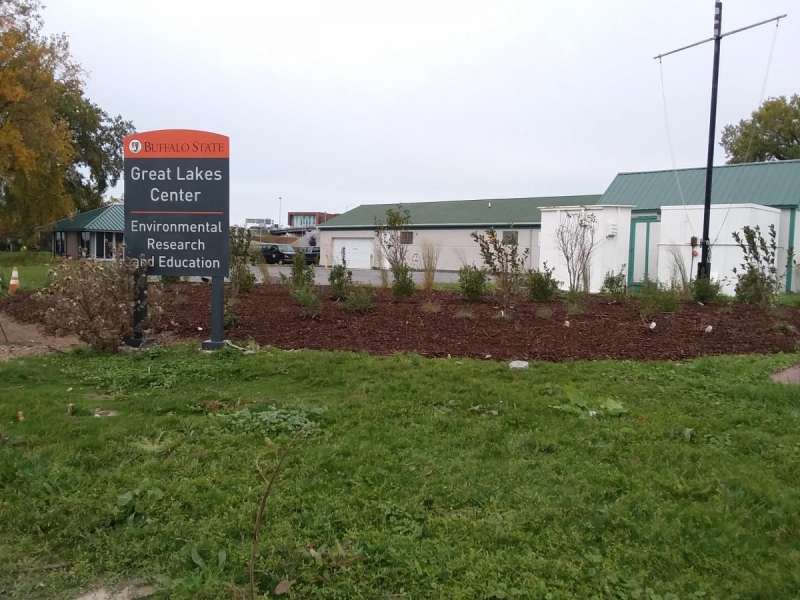
-
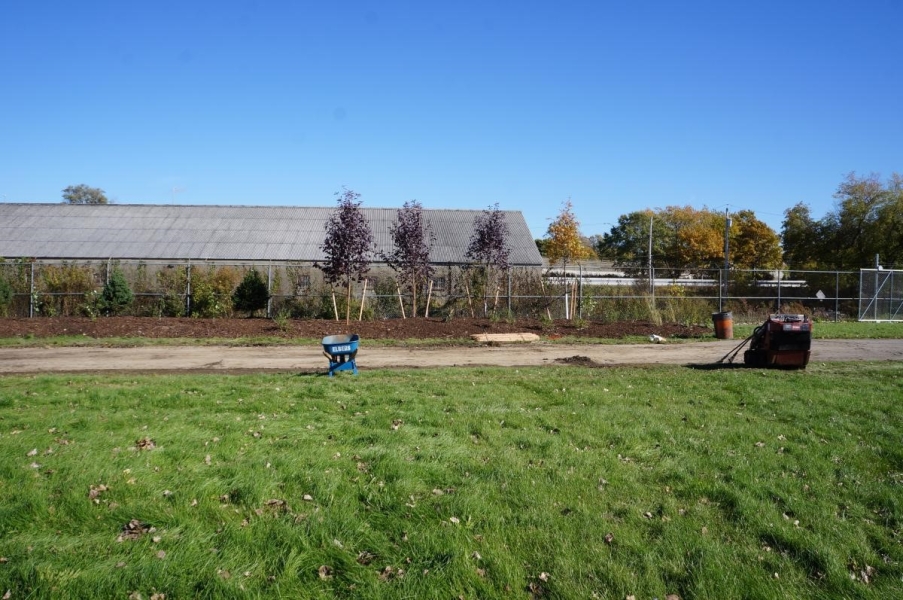
-
-
-
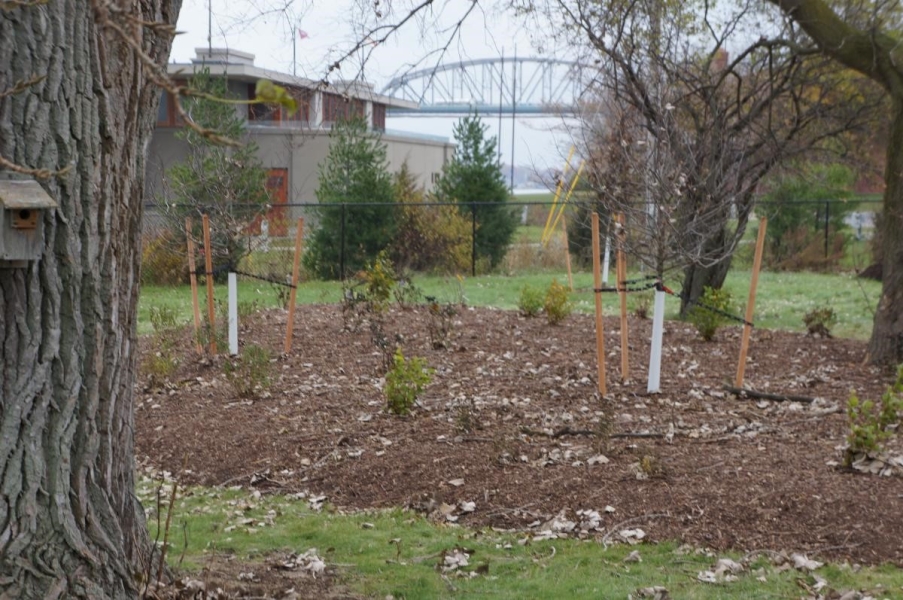
-
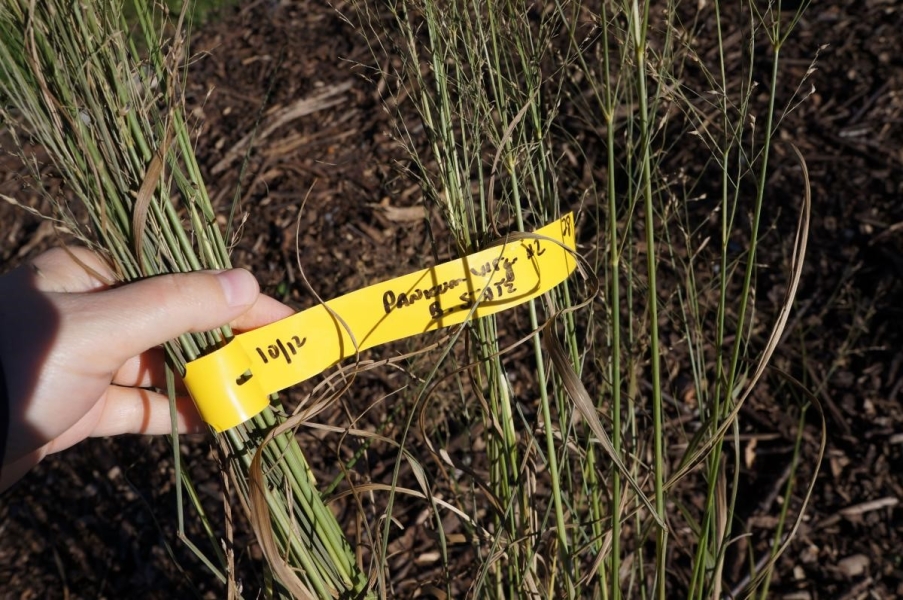
22/66
One of the plants chosen for the bed by the osprey pole is switchgrass (Panicum virgatum).
Download Image -
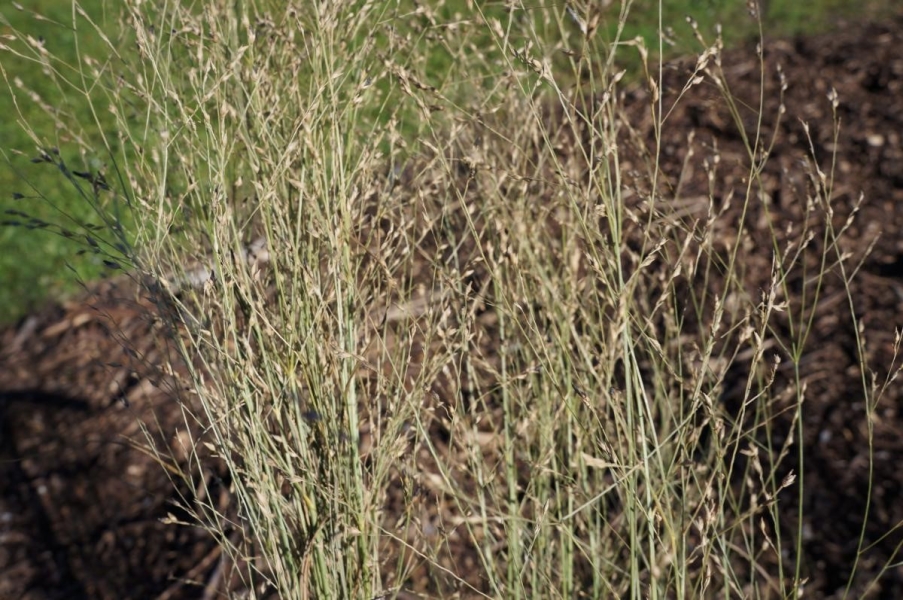
-
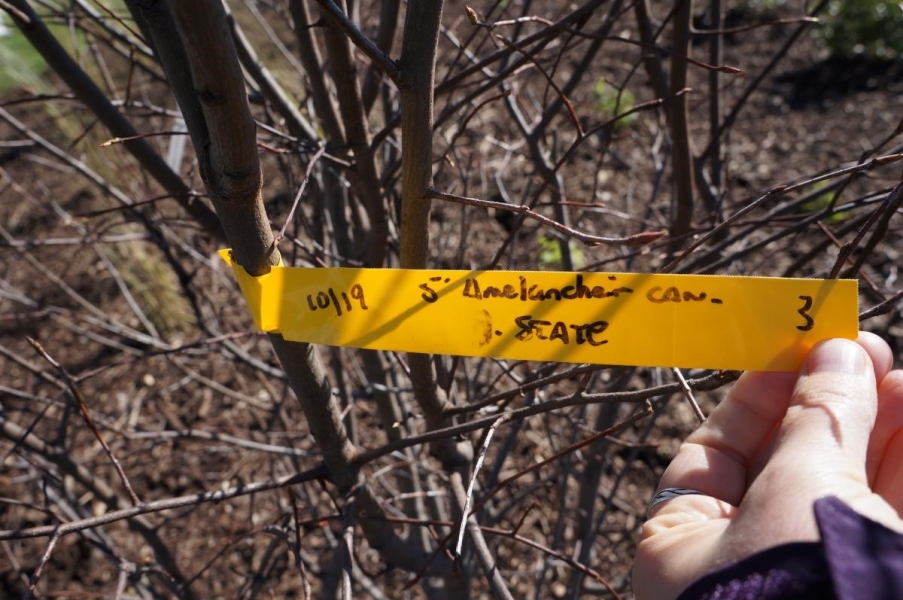
-
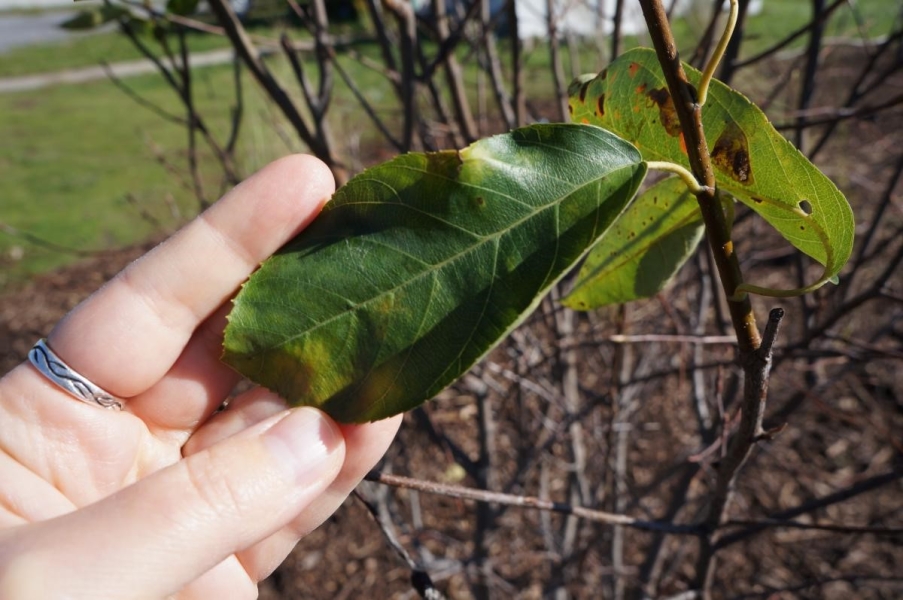
-
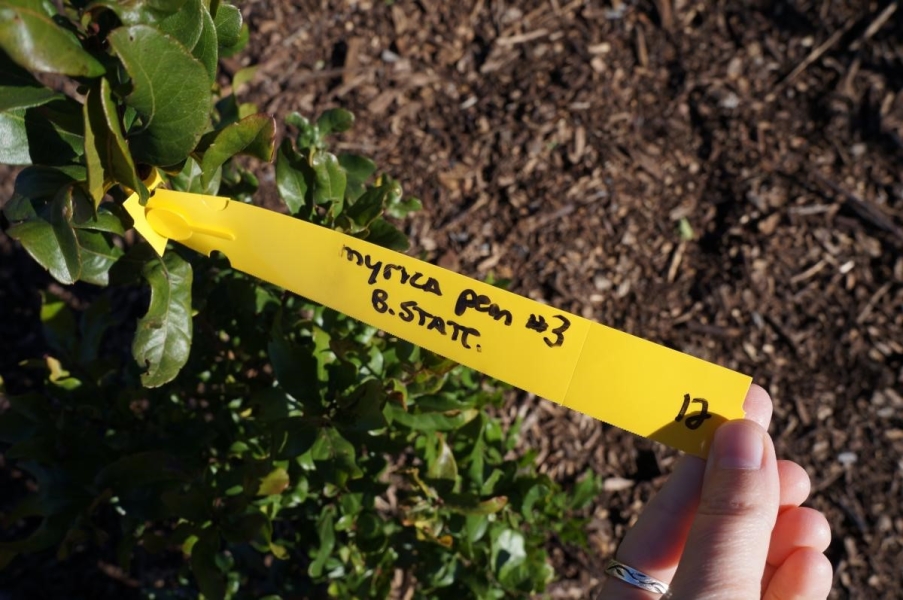
-
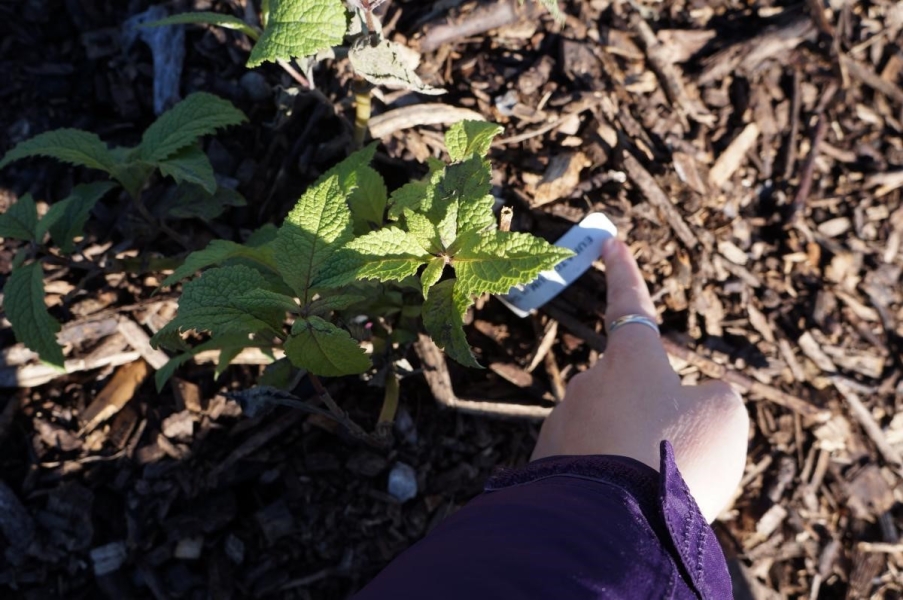
-
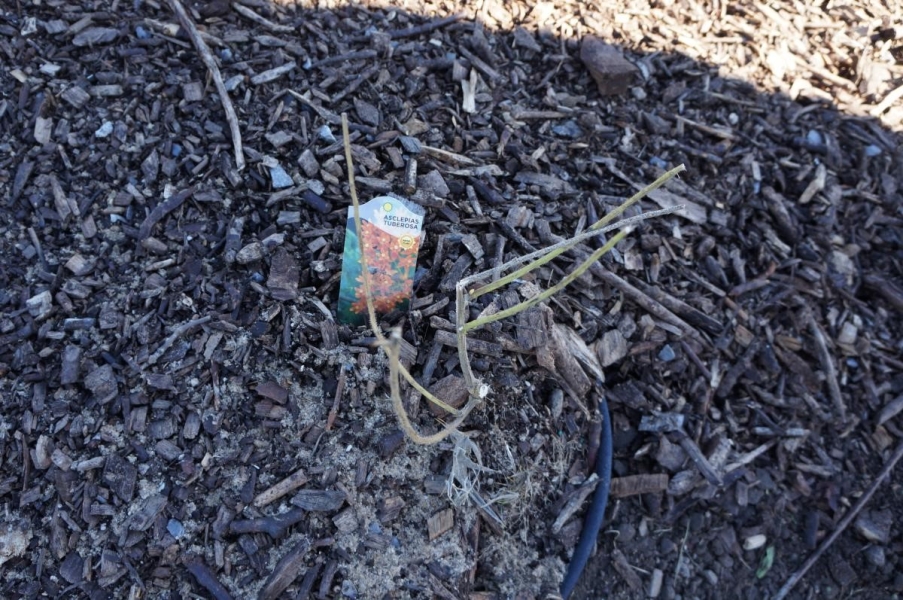
28/66
Butterfly weed (Asclepias tuberosa). Unfortunately, deer ate these before the landscapers were even done! Hopefully they spring back next season (edit: they did!).
Download Image -
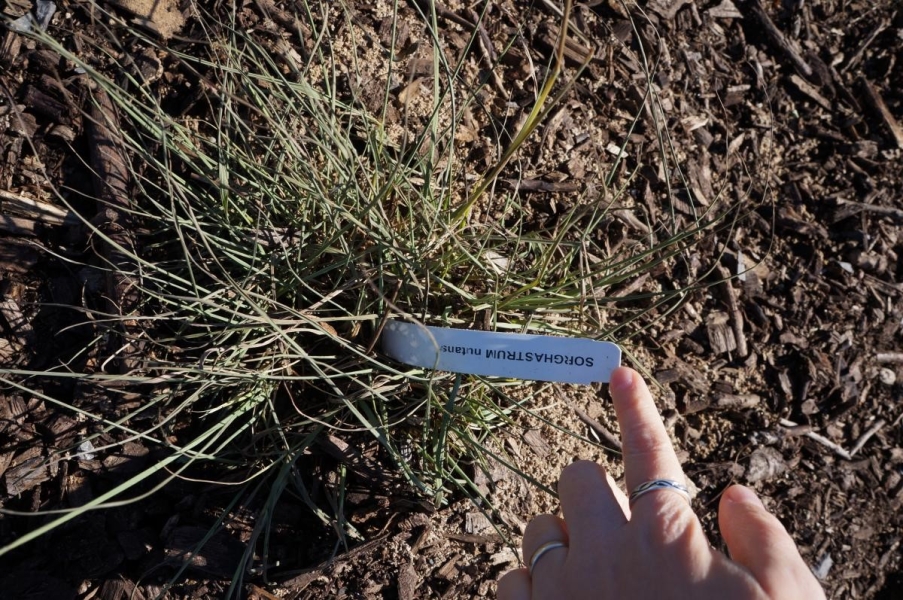
-
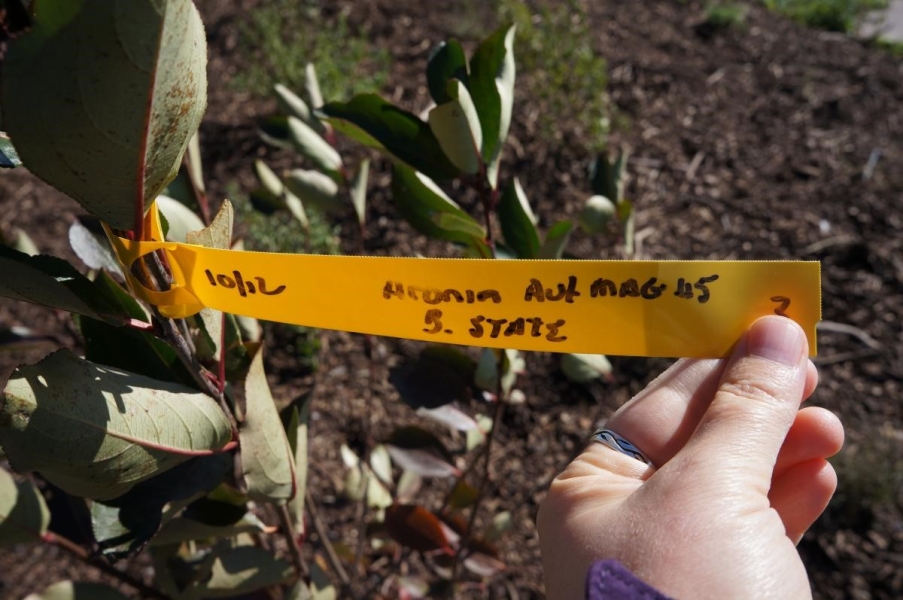
-
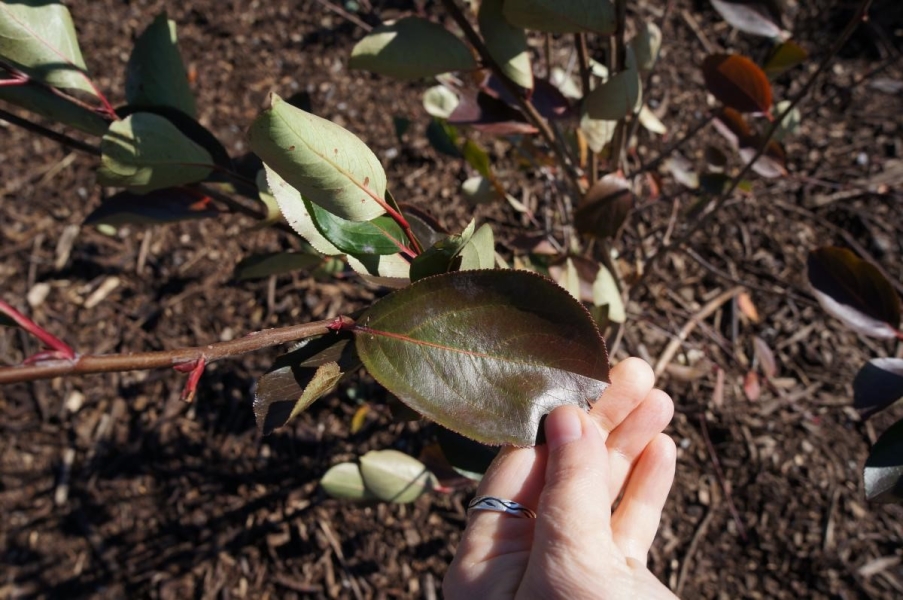
-
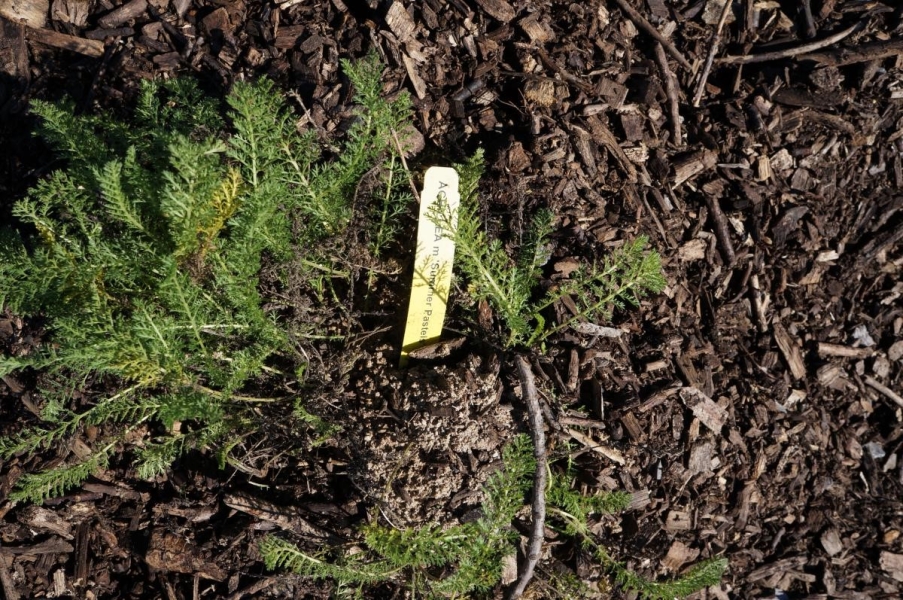
-
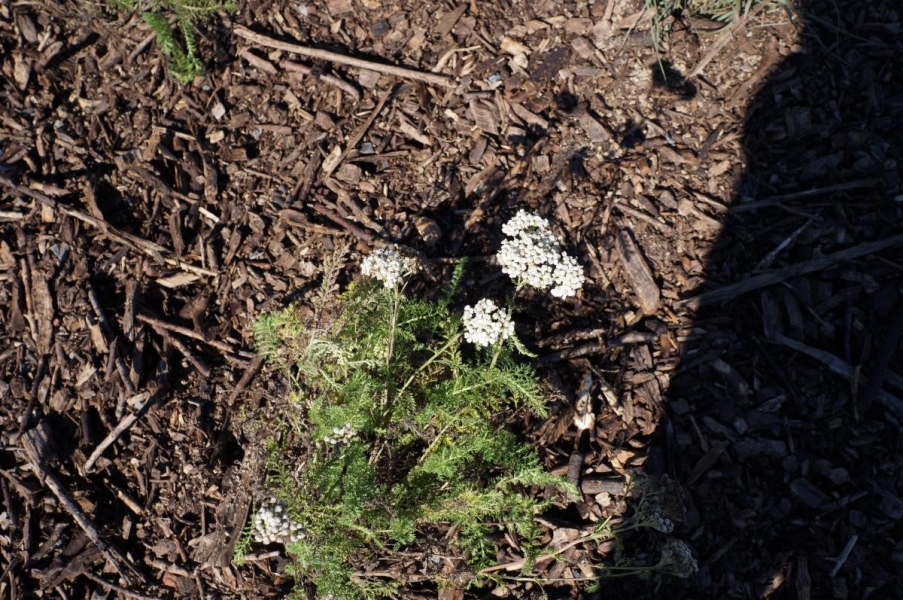
-
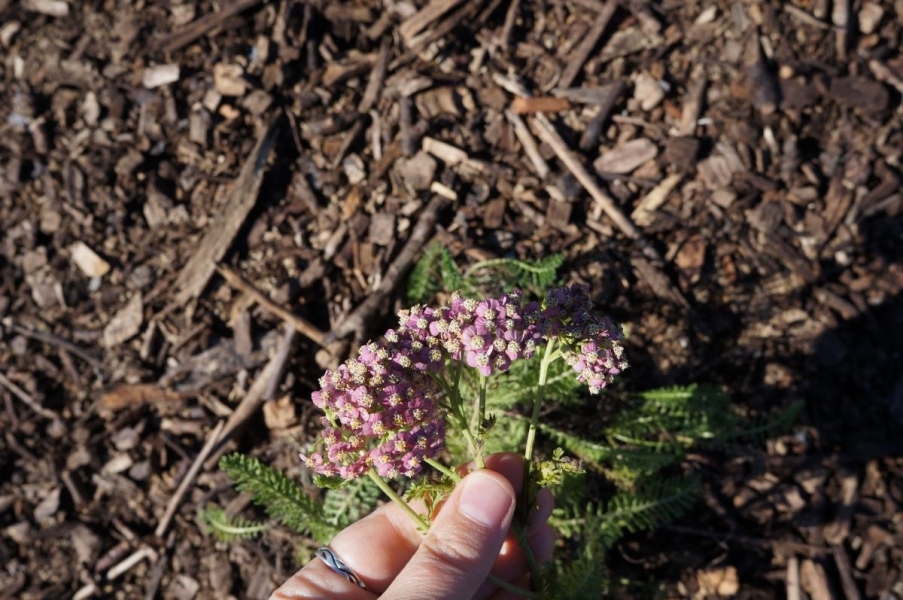
-
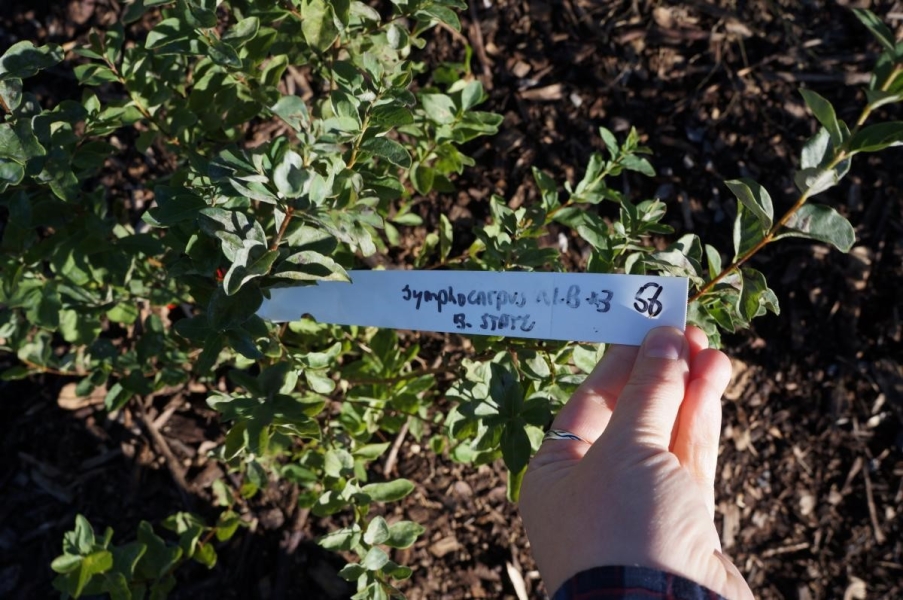
-
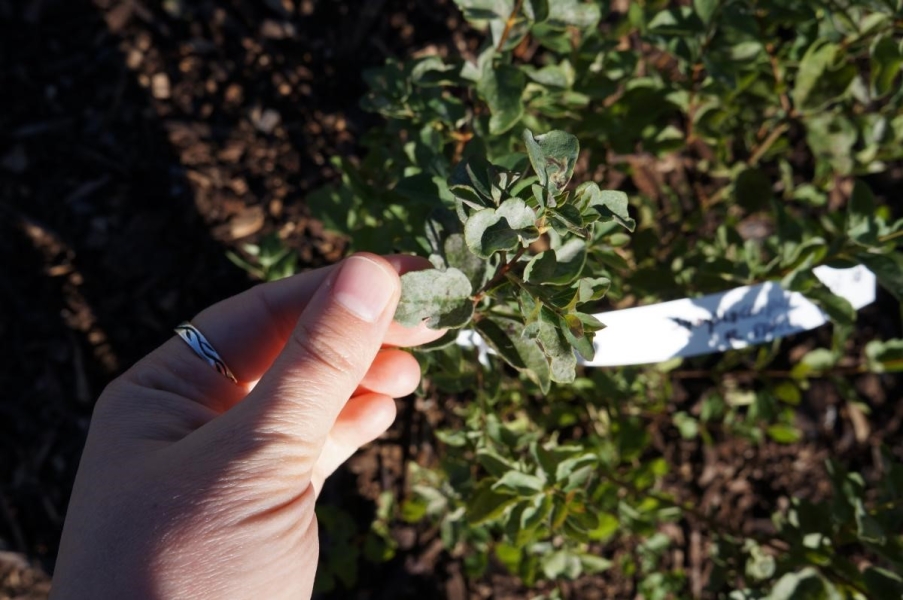
-
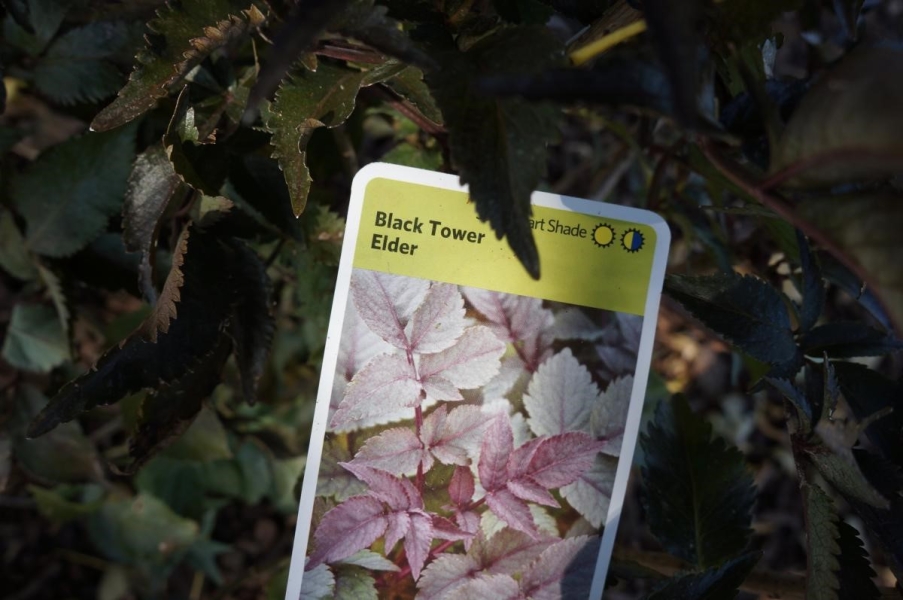
-
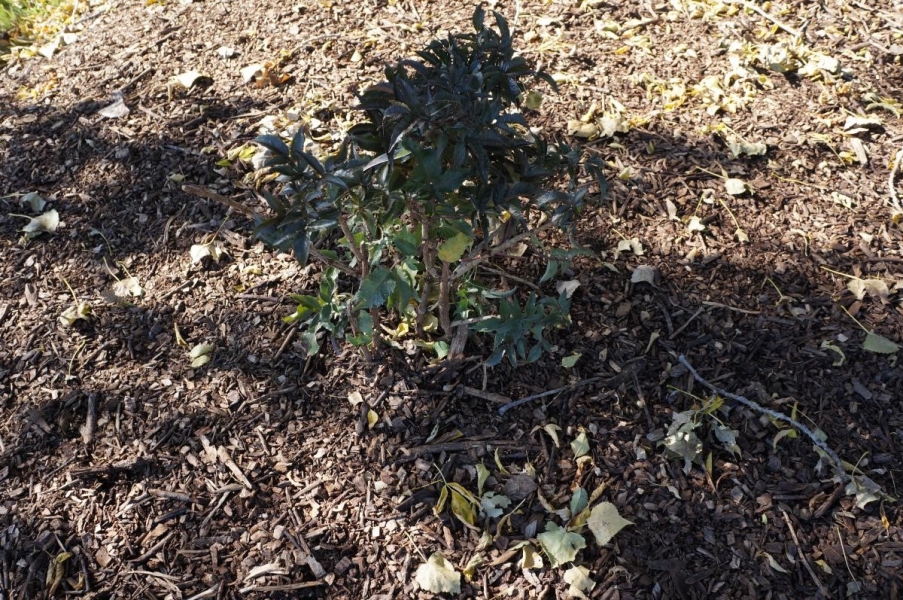
-
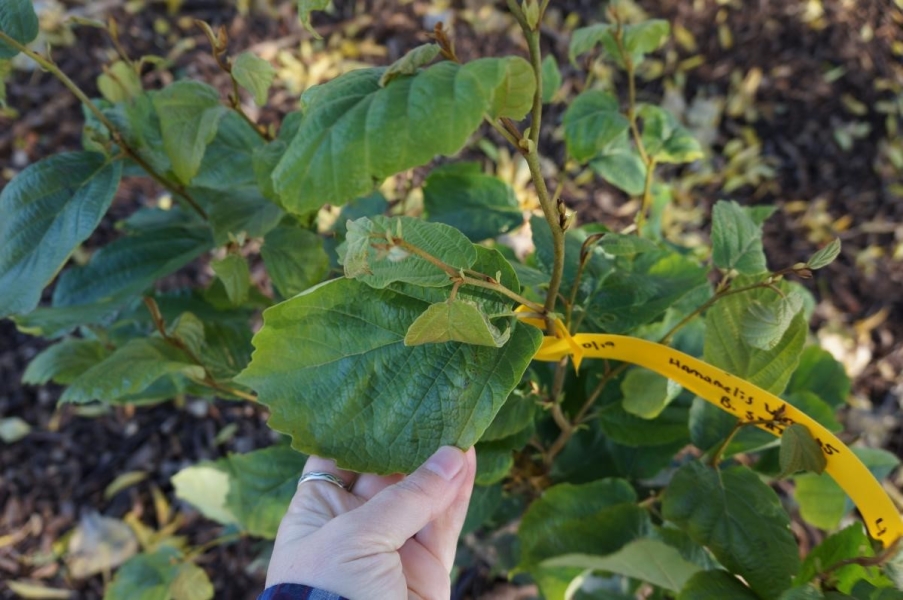
-
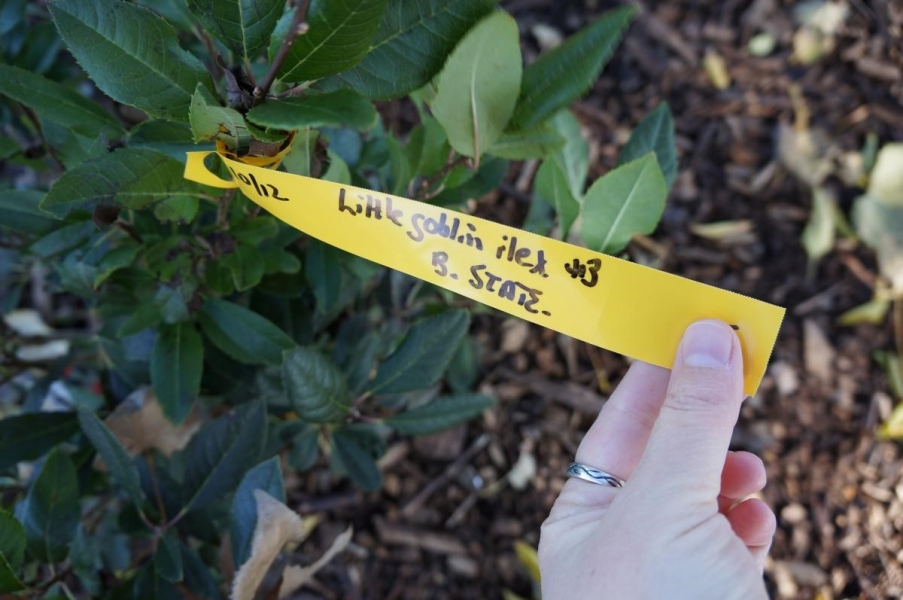
40/66
Winterberry (Ilex vertilicata var. Little Goblin). Winterberry is dioecious, so plants from two different varieties are needed to produce fruits.
Download Image -
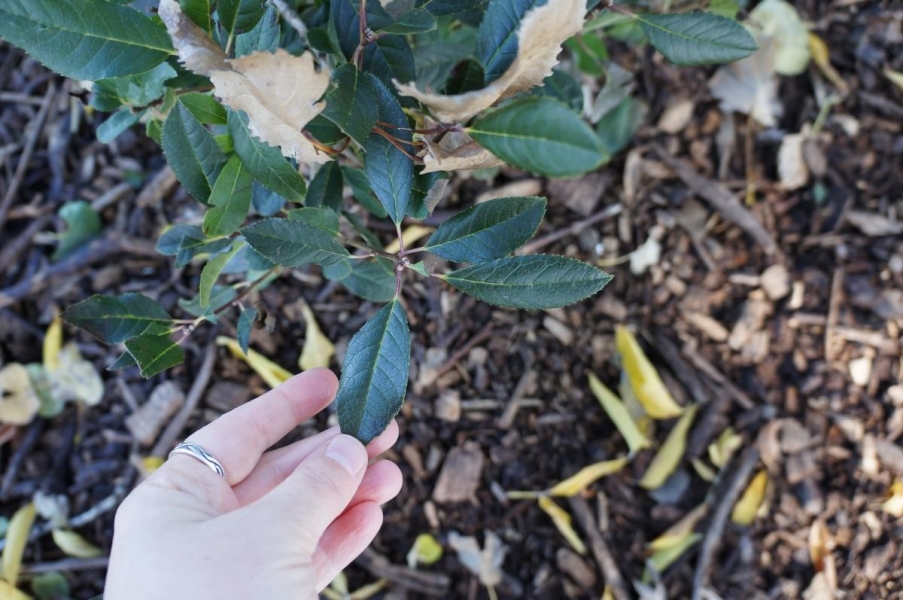
41/66
Winterberry (Ilex vertilicata var. Little Goblin). Winterberry is dioecious, so plants from two different varieties are needed to produce fruits.
Download Image -
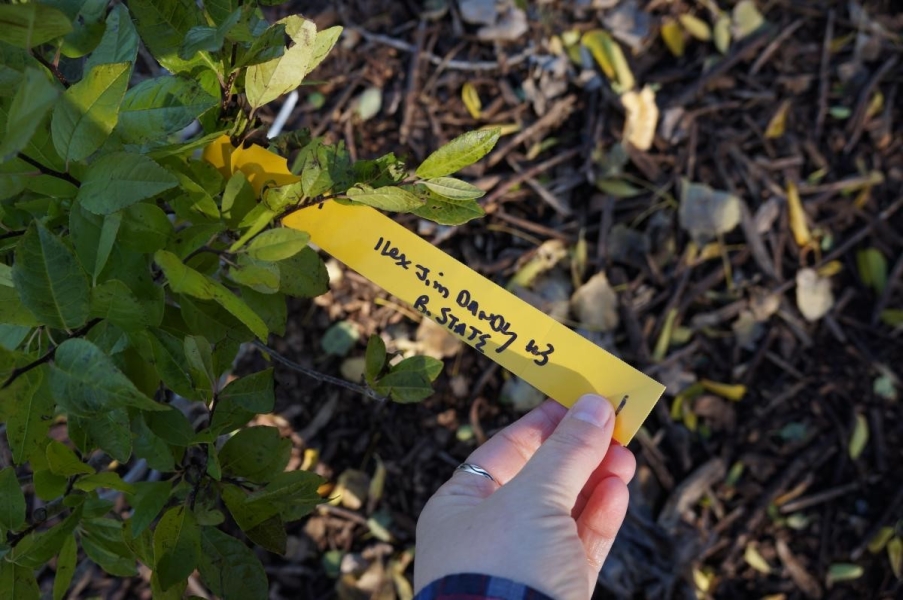
42/66
Winterberry (Ilex vertilicata var. Jim Dandy). Winterberry is dioecious, so plants from two different varieties are needed to produce fruits.
Download Image -
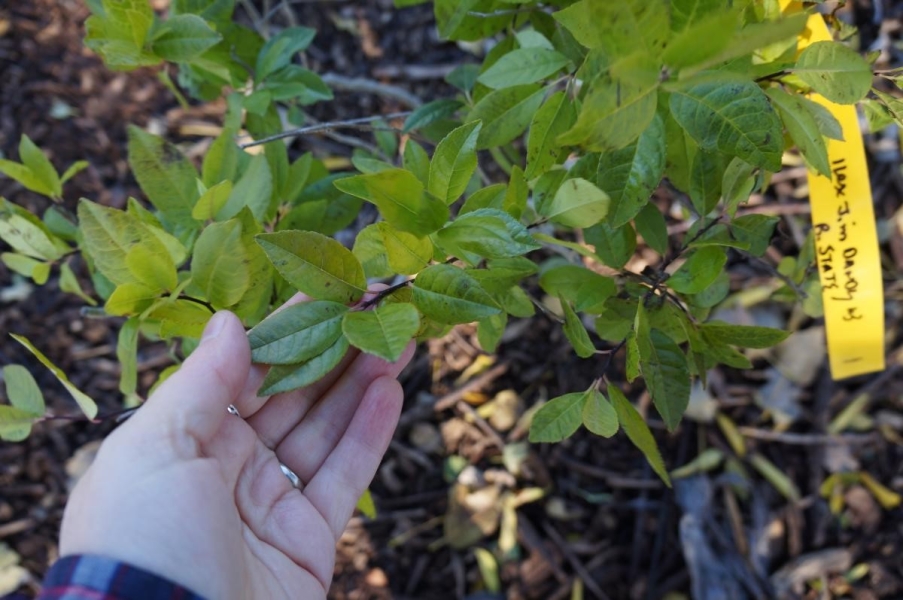
43/66
Winterberry (Ilex vertilicata var. Jim Dandy). Winterberry is dioecious, so plants from two different varieties are needed to produce fruits.
Download Image -
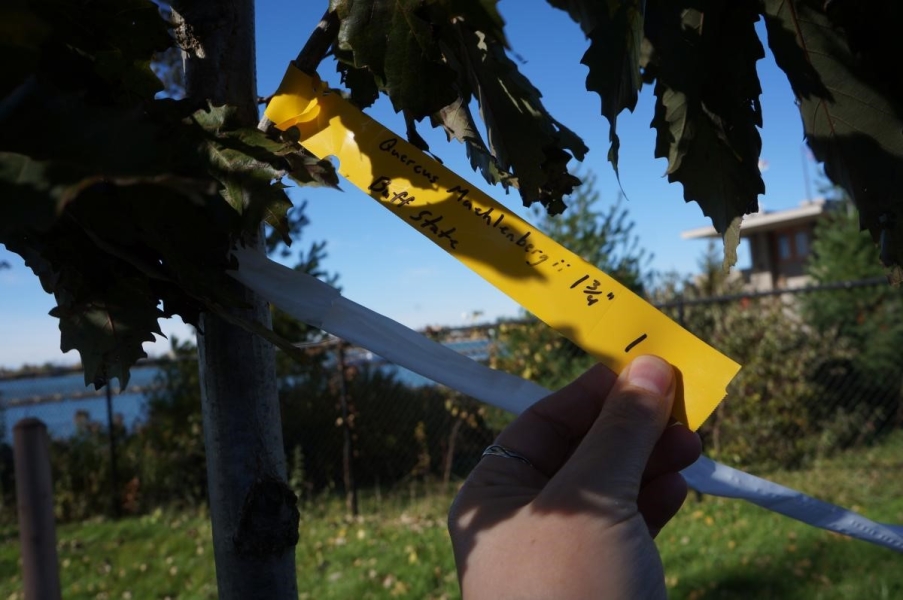
-
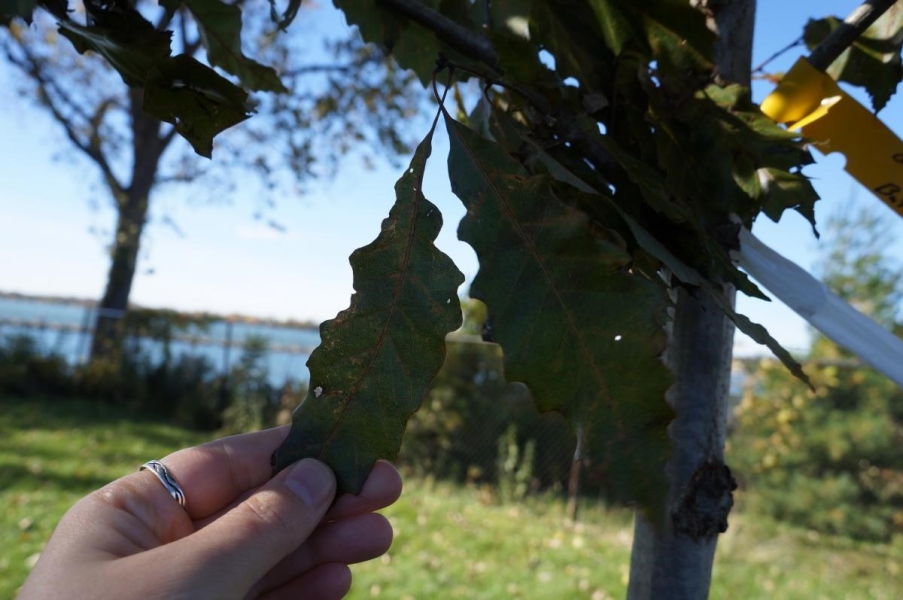
-
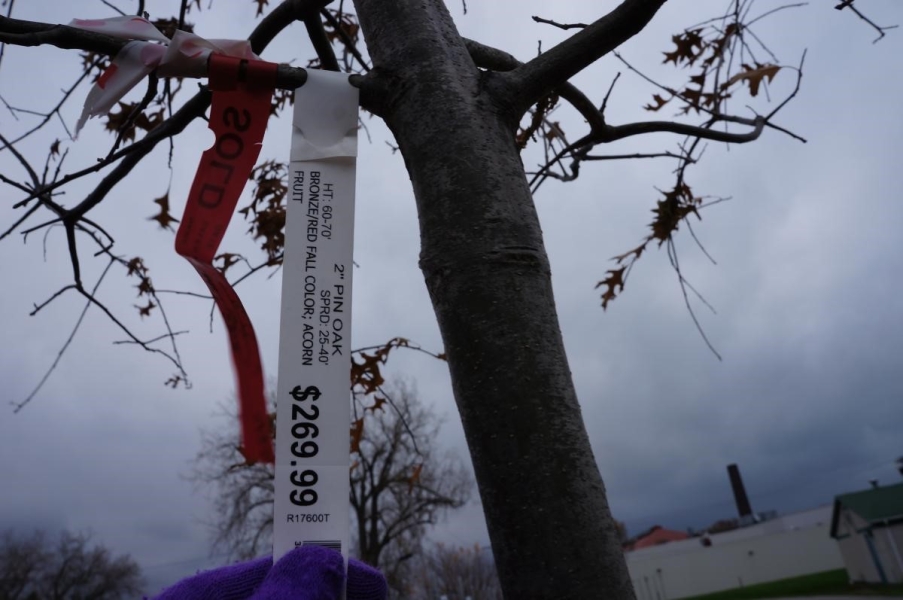
-
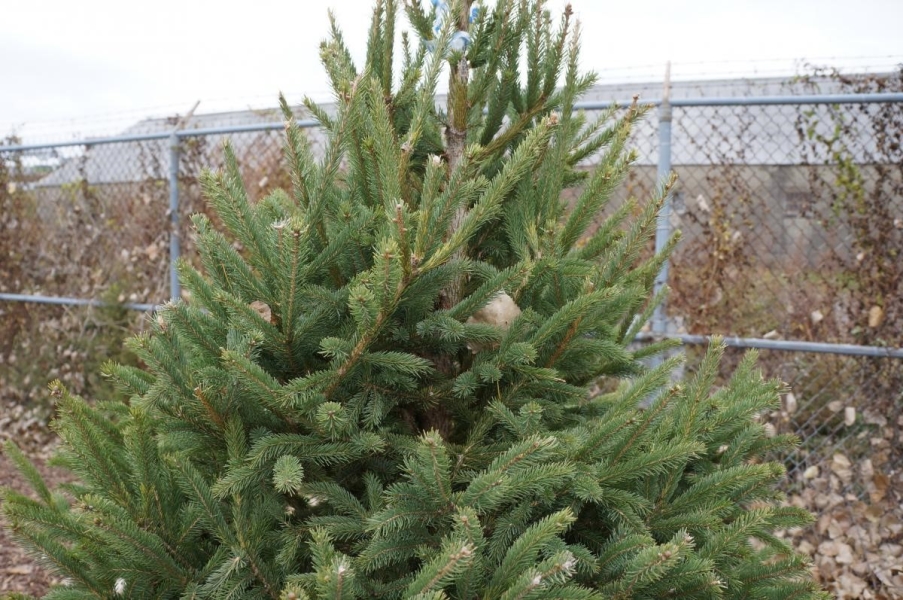
-
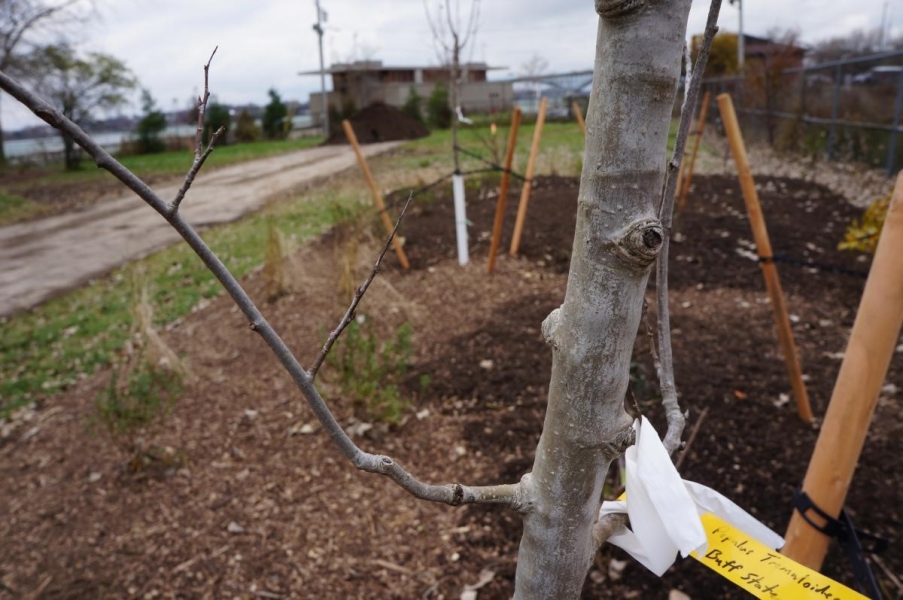
-
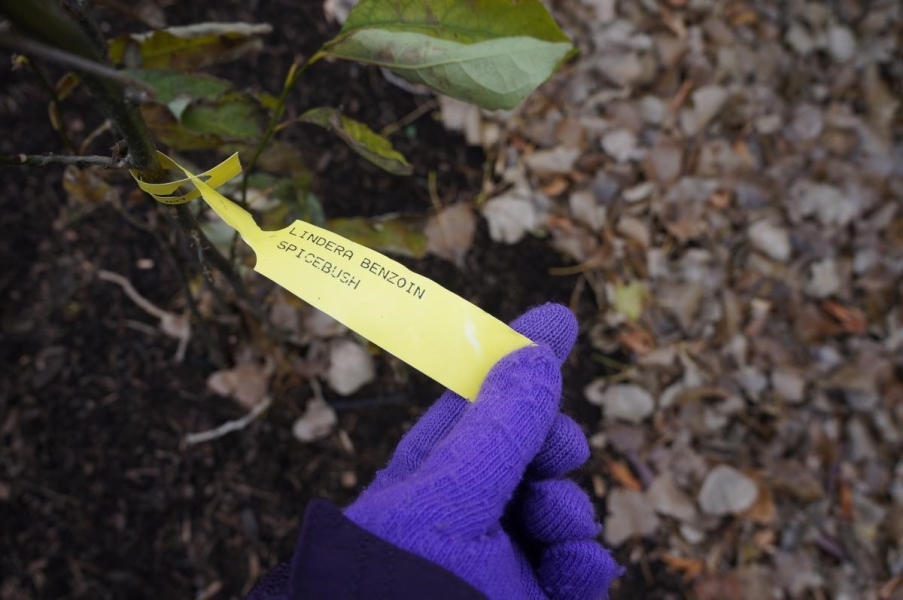
-
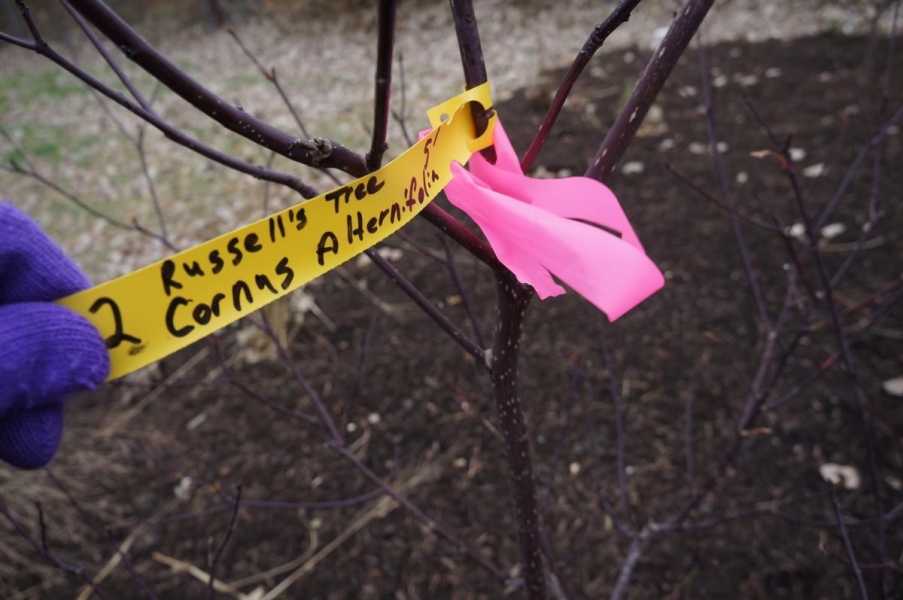
-
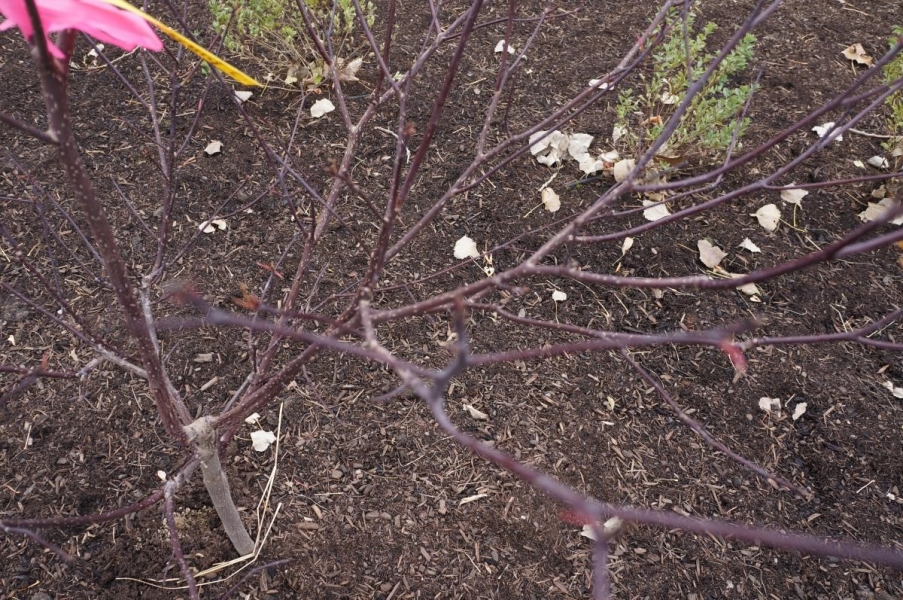
-
52/66
In May 2019, a group of students from a local high school helped plant black-eyed susans (Rudbeckia hirta).
Download Image -
-
-
-
-
-
-
-
-
-
-
-
-
-

